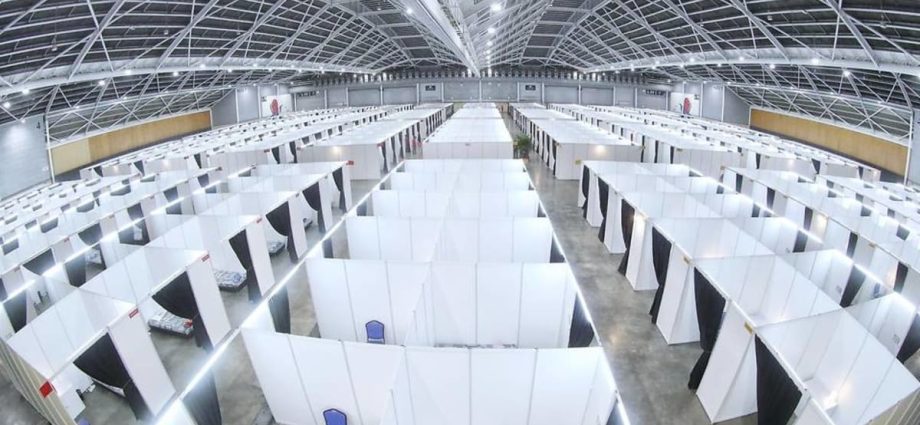
ENLISTING HOTELS, CHALETS IN FIGHT AGAINST COVID-19
Observers said it will be up to MOH to work with venues to iron out the requirements, such as getting proper ventilation.
“It’s important to keep in mind that there should be a specific design for such facilities so that they can be dual use,” said Dr Hsu.
“I think for housing patients, even mild patients in a pandemic, the key thing is that there shouldn’t be a risk of transmitting the disease to others within the facility or even outside the facility.
“That requires a certain kind of design in the airflow, air exchange, and the ease of which infection prevention can be done, as well as the monitoring of patients there,” added Dr Hsu.
When Singapore was battling COVID-19 in 2020, hotels were the first places to be used to isolate close contacts and incoming travellers on stay-home notices. By 2021, more than 90 hotels were involved.
Chalets, meanwhile, were mostly designated as quarantine facilities.
As the virus spread rapidly, hospitals struggled with the influx of patients. Large venues such as the F1 Pit Building were also converted into community care or treatment facilities.
The Singapore EXPO, which was among the venues converted in 2020, said it is ready to lend a hand if another crisis hits.
During the height of the pandemic, halls there were used as treatment facilities for patients. MOH then continued to tap them as transitional care facilities.
These halls will be returned to the venue’s management to host more events starting from next year. It will no longer need to be a community facility from mid-2025 onwards.
At its peak, the convention centre accommodated about 8,000 beds.
“Our involvement in the national pandemic efforts has helped us gain insights into how we continue to make sure that our infrastructure is adaptable, so that in future (when there are) such needs, we will be ready and we will stay agile,” said Mr Ng Sim Lim, vice president of sales at trade show and exhibition organiser Constellar, which manages the Singapore EXPO.

